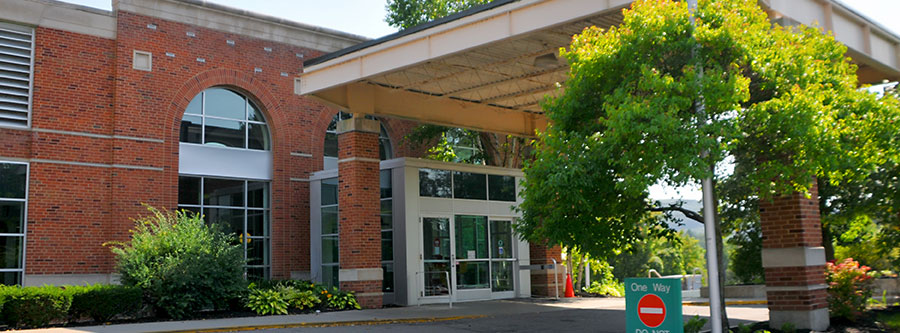Facial Pain
Make Appointments & Get Care
Overview
Facial pain is very common, experienced by nearly one quarter of adult Americans. The many types or causes of facial pain include:
- Shingles (Post-herpetic neuralgia)
- Trigeminal neuropathy (after injury to the face, jaw, or teeth)
- TMJ pain
- Cluster headaches
- Hemifacial spasm: A rare condition that can cause uncontrolled twitching of one side of the face
- Trigeminal Neuralgia (also called tic douloureux): A condition affecting the trigeminal nerve, which delivers sensation to the face and surface of the eye. Symptoms include severe, sharp episodes of pain on one side of the face, affecting one or more divisions of the trigeminal nerve, often from talking, chewing, eating, washing, brushing teeth, shaving, wind, or other tactile stimuli.
UR Medicine's Treatments for Facial Pain
Our team of neurologists and neurosurgeons with expertise in pain can help you with all types of facial pain. At the Comprehensive Facial Pain/Trigeminal Neuralgia Program, our team of medical and surgical experts work together to fully assess your condition and provide all options (medical, surgical, or a combination) using a comprehensive treatment plan.
Our goal is to get you on the road to a better quality of life, where pain no longer dominates your day.
Treatments for Trigeminal Neuralgia
- Medication: Surgical intervention may be done if medication doesn't work.
- Percutaneous Rhizotomy: A surgical disruption/compression of the trigeminal nerve root to disrupt the pathway that causes the pain.
- Microvascular Decompression: A surgical procedure to relieve the symptoms (pain, muscle twitching) caused by compression of a nerve by an artery or vein. It provides the longest duration of relief from trigeminal neuralgia pain and the lowest rate of permanent numbness of the face after surgery.
- Stereotactic Radiosurgery: A specialized radiation procedure in which the radiation is delivered in one dose. The primary advantage of this procedure is that patient movement is minimized by using a stereotactic head frame that is attached to the skull. This improves the accuracy of treatment.
What Sets Us Apart?
Our neurosurgeons and neurologists have the expertise to diagnose and manage even the rarest causes of facial pain. Our surgical team includes microvascular neurosurgeons who are fellowship-trained—the highest level of education for their specialty, neurologists with expertise in intraoperative monitoring of cranial nerves, and neuroanesthesiologists. Together they perform more microvascular decompression surgeries than anyone else in western New York.
Locations
View All LocationsWe serve you in the Rochester metropolitan area and surrounding region.
View All Locations3 locations
2180 South Clinton Avenue
Rochester, NY 14618
St. James Medical Office Building
7309 Seneca Road North, Entrance C, Suite 102
Hornell, NY 14843
Jones Memorial Hospital
191 North Main Street
Wellsville, NY 14895-0072
